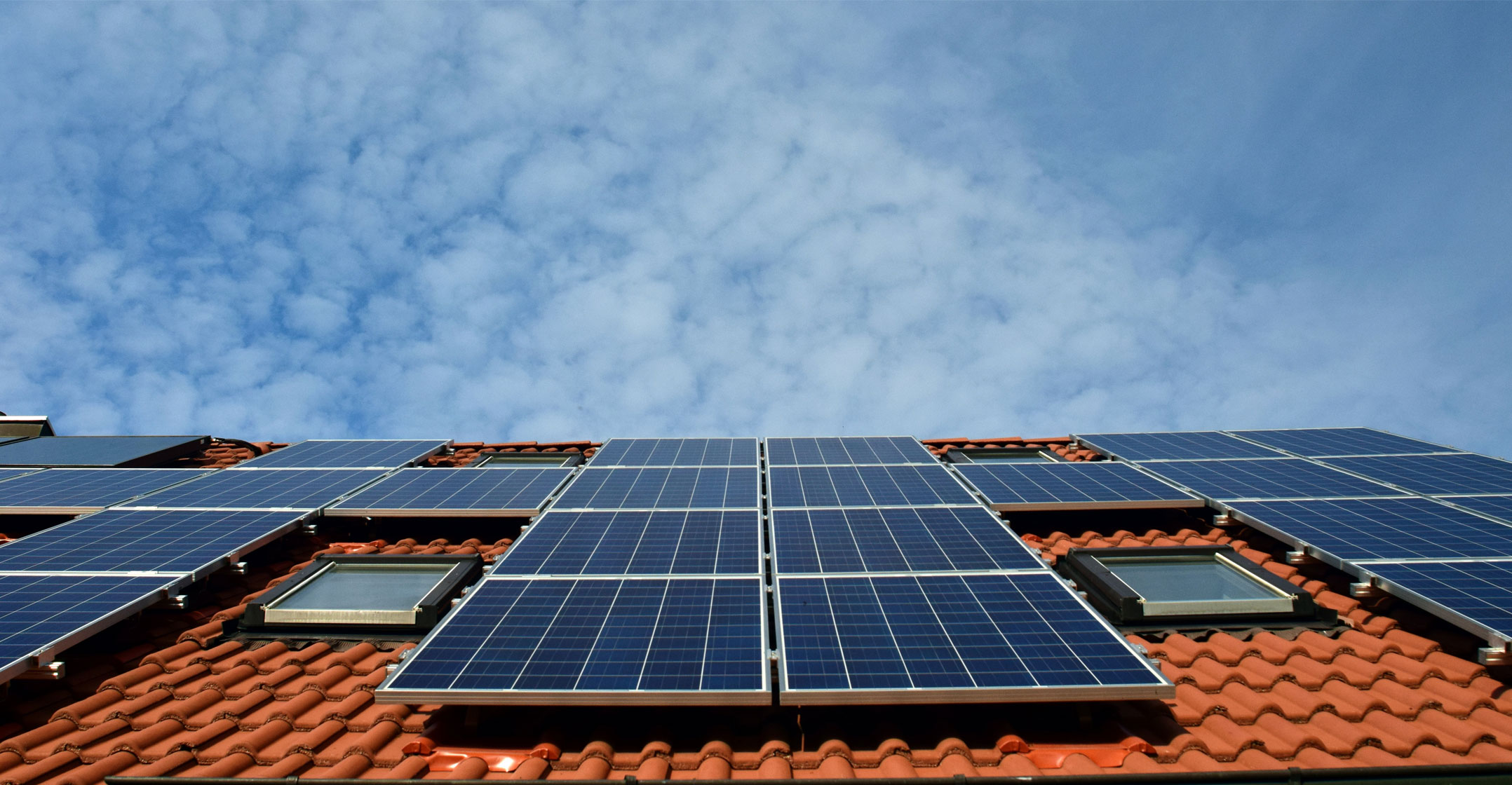 Consumers who generate their own electricity, typically using solar panels by day and relying on Eskom when the sun goes down or is obscured by clouds, may see a drastic increase in Eskom charges a year from now if energy regulator Nersa gets its way.
Consumers who generate their own electricity, typically using solar panels by day and relying on Eskom when the sun goes down or is obscured by clouds, may see a drastic increase in Eskom charges a year from now if energy regulator Nersa gets its way.
That may turn the business case for current installations on its head but also encourage consumers to defect from the grid completely.
Nersa started with a process to change the way electricity tariffs are determined in 2021. In a document that sets out the reasons for its recent adoption of three principles that will underpin the new methodology, Nersa says the tariff for these variable loads is likely to be five to 10 times that of baseload usage (industrial customers).
Nersa’s quest to change the methodology follows several court rulings where Eskom successfully challenged Nersa’s tariff determinations and objections from consumers about price instability because of retrospective changes to tariffs in terms of the Regulatory Clearing Account (RCA) methodology.
Last year, Nersa embarked on a confusing process with public participation that later crystallised into three principles underpinning tariff determination, namely:
- Unbundling across the value chain, which refers to the separation of costs of, for example generation, transmission and distribution in the case of Eskom;
- Unbundling of services within each activity, for example the cost associated with each power station within generation;
- Cost of service determination which differentiates between three different load profiles, namely constant power demand (baseload) from industrial customers, day or mid-merit demand supplied largely by solar, and wind, tied to the grid or not and variable demand which includes peak or grid-based back-up demand.
Nersa wants tariffs to reflect the true cost of power supply.
Currently, Eskom’s industrial tariffs include a subsidy of about 14% which benefits households. The generation capacity that provides baseload supply – coal and nuclear – have lower associated cost than those used in the peak, so it stands to reason that those tariffs will be lower if Nersa’s plans are implemented.
Generation units serving peak load, on the other hand – open-cycle gas turbines and pump storage – are much more costly to run, which means the tariffs of those users will be higher.
Nersa in its document indicates a clear focus on variable demand.
Eskom has so far been very critical of Nersa’s plans to change the methodology.
Court order
It obtained a court order to compel Nersa to use the existing methodology for the coming financial year starting on 1 April. This came after Nersa tried to implement the principles straight away even though it failed to develop a clear methodology from it.
The second part of the court application that will deal with the next two financial years is still pending, but at the public hearings last week about its pending tariff increase Eskom clearly stated that a new methodology cannot be implemented hastily. According to Eskom it can only be done in 2025 or 2026.
While the utility and its regulator seem to be on a collision course once again, Eskom has also indicated that it would like to change the structure of its tariffs.
The current tariffs mostly consist of a smaller fixed charge and a larger energy or usage charge. The underlying assumption is that the fixed costs will be recovered through the energy charge. This however relies on the customer buying significant volumes of energy.
 Eskom will therefore hardly cover its fixed charges through such a tariff structure if the consumer only relies on it for backup or peak supply a few hours per day.
Eskom will therefore hardly cover its fixed charges through such a tariff structure if the consumer only relies on it for backup or peak supply a few hours per day.
Morne Mostert, head of local government at AfriForum, says it would be unfair if users who are making plans to keep their lights on due to Eskom’s failures are punished. It will merely lead to more users defecting from the grid completely. “Nobody wins, not Eskom nor the consumer.”
Jan-Hendrik Kruger, MD of Nuvo Energy says more and more people are trying to become completely self-reliant, partly due to rising tariffs, but increasingly due to the unreliability of Eskom’s supply. He says renewable energy can be supplemented by battery storage, provided one can afford it, adding that there are good financing options available.
Practically speaking it is, however, not always that easy. Some people simply don’t have enough space available for sufficient solar panels on either their roofs or on the ground.
On a small scale, such plants can provide electricity at R1.20/kWh as opposed to Eskom tariffs that amount to R4.40/kWh
He says some renewable independent power producers (IPPs) are prepared to provide consistent electricity from a combination of solar panels and battery storage. “On a small scale, such plants can provide electricity at R1.20/kWh as opposed to Eskom tariffs that amount to R4.40/kWh in some instances according to the 2020/2021 tariffs.
“Eskom can do the same on a bigger scale and is considering it, but they take too long to implement it.”
According to its published timetable Nersa plans to publish a discussion document on the new methodology next month. During May, it will hold public hearings on the matter and plans to finalise the methodology in August, in time to apply it to the tariff determination for 2023/2024.
- This article was originally published by Moneyweb and is republished by TechCentral with permission

